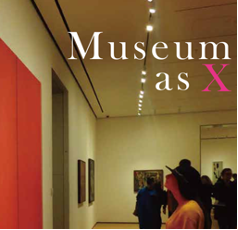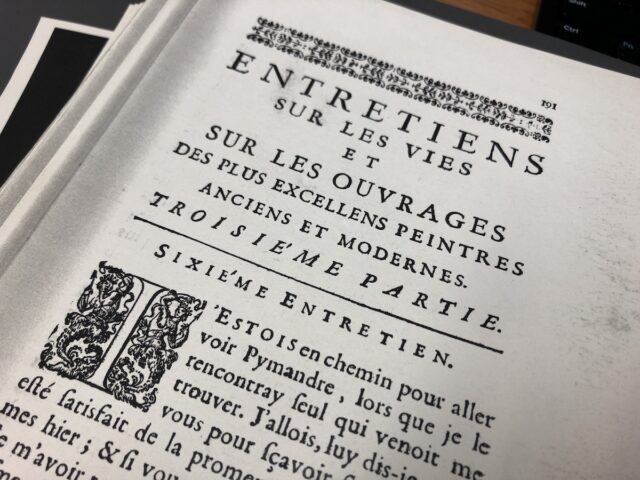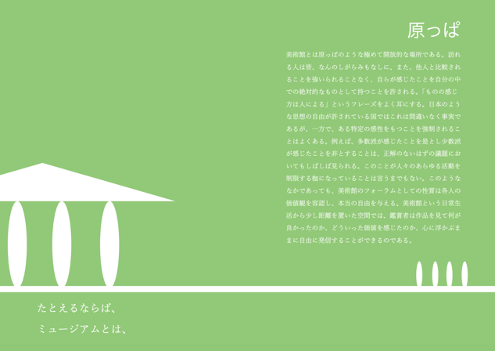Profile
- Research Subject
- Art Theory of Seventeenth Century France
- Museum Studies
- History of Gallery Teaching Theory
- Research Fields
- Aesthetics, Art Theory, Museum Studies
- Faculty - Division / Research Group / Laboratory
- Division of Humanities / Research Group of Cultural Diversity Studies / Laboratory of Aesthetics and History of Art
- Graduate School - Division / Department / Laboratory
- Division of Humanities / Department of Cultural Diversity Studies / Laboratory of Aesthetics and History of Art
- School - Course / Laboratory
- Division of Humanities and Human Sciences / Course of Philosophy and Cultural Studies / Laboratory of Aesthetics and History of Art
- Related Links
Lab.letters


France in the 17th century and Japan in the 21st century
Aesthetic factors connecting both countries through artistic appreciation
In the 17th century, young artists and art lovers in Paris assembled to establish the Royal Academy of Painting and Sculpture, which served as an environment where people appreciated artworks and engaged in artistic discussion. We can learn the process leading up to the dawn of art criticism from the records that remain; namely, the process in which oral arguments gradually came to be entrenched in écriture (writings). On the other hand, when modern people had opportunities to appreciate and experience art at modern museums, they invariably kept distance from other visitors to take a reflective stance (“Keep quiet!”). This is exactly what interests me. I am exploring aesthetics, theories of art and museum studies while posing a question—is it possible that people are capable of enhancing the significance of artistic appreciation in not only the conventional, calm, and lonely way to appreciate art but also through impromptu artistic discussions with others as in France during the 17th century?
Experiencing “only now and only here”
makes artistic appreciation at museums feel more familiar
It is said that directly facing the major issue of “what is art” is no longer possible. The artistic occupation pioneered by humans spreads like a vast land that cannot be overlooked, and even a single researcher cannot easily aim to traverse it. Fortunately, however, we do not always tackle art alone. Our research is of course invariably associated with solitary phases, for instance, when we appreciate artwork, question our own sensitivity and seek words to express the process of contemplation. We also know, however, that the time spent exploring on our own will be rewarded by the pleasure derived from interacting with other researchers. This is where we can see the significance of studying art. Such occasions will surely provide an irreplaceable time in which individual researchers bring up important issues to be earnestly but delightfully discussed.




